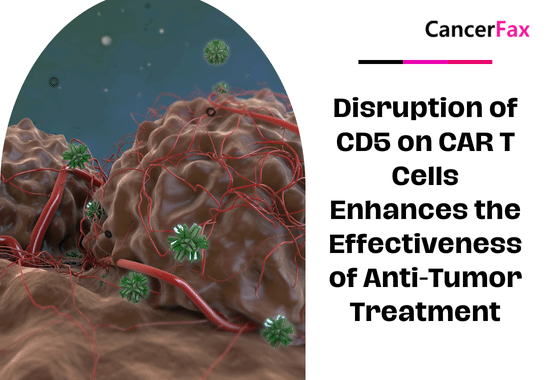Lung cancer is one of the most common causes of human death due to tumors, and its morbidity and mortality rate have ranked first in cities. The pathology is mainly non-small cell lung cancer (NSCLC), accounting for about 85%. Most patients are in the middle and late stages when they are diagnosed, and 60 to 80% of lung cancer patients have lost the chance of surgery when they are definitely diagnosed. At the same time, the lung is the second most easily metastatic organ of solid tumors, followed by liver metastases. Surgical treatment is often used for patients with limited and limited number of metastases. Surgery requires the removal of a part of the lung tissue with normal function. Therefore, new treatment methods are also required to replace surgery.
In recent years, the minimally invasive radiofrequency ablation (RFA) technology has been used more and more as a minimally invasive treatment method in the treatment of primary / secondary lung tumors, and has made great progress, known as the treatment “Dinghaishen Needle” for lung cancer.
What is radio frequency ablation?
Radiofrequency ablation consists of an electrode needle inserted into the tumor tissue and an electrode plate attached to the patient’s body to form a current loop. After the RF generator is turned on, high-frequency alternating current at the electrode tip is injected into the target tissue (Figure 2A), causing ions in the tissue to occur Shock, friction and heat generation will follow, causing cell death and coagulation necrosis in the target tissue around the electrode (Figure 2B). At the same time, the vascular tissue around the tumor will coagulate to form a reaction zone, preventing it from continuing to supply blood to the tumor and preventing tumor metastasis. Radio frequency waves can also cause tumor blood vessels to coagulate and reduce blood supply. At the same time, the ablated tumor tissue remains in the body. Due to its composition and structural changes, it can stimulate the body’s immunity and produce anti-tumor cytotoxic antibodies, and induce cytotoxic T cell immunity.
Which lung cancers does RFA apply to?
1. Used for non-small cell lung cancer that cannot tolerate surgery. Tumor diameter ≤2cm, 78 ~ 96% of patients can achieve complete ablation; tumor diameter ≤3cm, 5-year survival rate exceeds 50%. The treatment effect is better for primary lung cancer with a diameter ≤5cm.
2. For the treatment of lung metastases. Studies have shown that lung metastases with a diameter ≤2-3 cm, patients with lung metastases receiving RFA treatment have a 3-year survival rate of 53.7% and a 4-year survival rate of 44.1%. As shown in Figure 3, a breast cancer patient relapsed with a single left lung metastasis. After RFA treatment, the follow-up and follow-up for nearly 3 years showed a good quality of life and no distant recurrence.
3. Patient, female, 48 years old, with single lung metastasis after breast cancer surgery. For the treatment of patients with advanced non-small cell lung cancer, including tyrosine kinase inhibitors (TKI), such as Kemena, Iressa or Trocaine after local drug resistance. For example, TKI therapy has become the first-line treatment option for patients with advanced epidermal growth factor receptor (EGFR) sensitive mutations in advanced non-small cell lung cancer. Shao Yifu Hospital Cancer Research Center uses RFA technology for palliative treatment of non-small cell lung cancer and one of the alternative treatment methods to overcome TKI resistance.
4: A 59-year-old woman with advanced non-small cell lung cancer (EGFR mutation) with intra-pulmonary metastasis, 15 months after oral TKI treatment, the lower right lung tumor (Figure B) is more obvious than the previous one (Figure A) as shown by the arrow Increased, disease progression; CT-guided RFA treatment of the lower right lung tumor (Figure C), followed up for 3 months (Figure D), 6 months (Figure E) showed good control.
4. Combined with chemotherapy and radiotherapy. Chemotherapy and radiotherapy combined with radiofrequency ablation therapy are used for metastatic liver and lung tumors. The combined application of the two can make up for their respective deficiencies and enhance the efficacy. Compared with any single treatment mode, it prolongs the patient’s survival time and improves the quality of life.
The patient, a 58-year-old male, has colon cancer with multiple liver and lung metastases in the distance, making it difficult to operate and treat. Combined with chemotherapy and targeted drug therapy, especially combined with minimally invasive radiofrequency ablation technology, it successfully cured liver and lung metastases.
5. RFA can also be used for palliative treatment to relieve various discomfort symptoms of patients with advanced lung cancer.
6: A 88-year-old elderly lung cancer patient relapsed with intra-pulmonary and pleural metastasis (shown in Figures A and B). Severe pain is difficult to fall asleep. The patient’s pain was significantly relieved after RFA treatment of lung tumors, and sleep quality was significantly improved. After a year of follow-up, the patient was generally in good condition with stable lung tumors.

